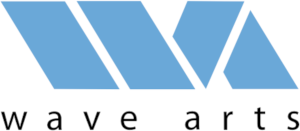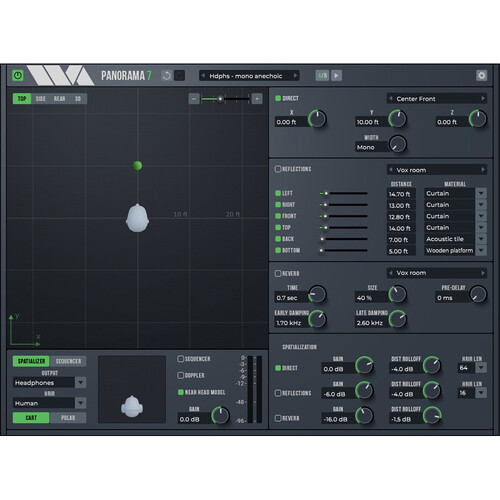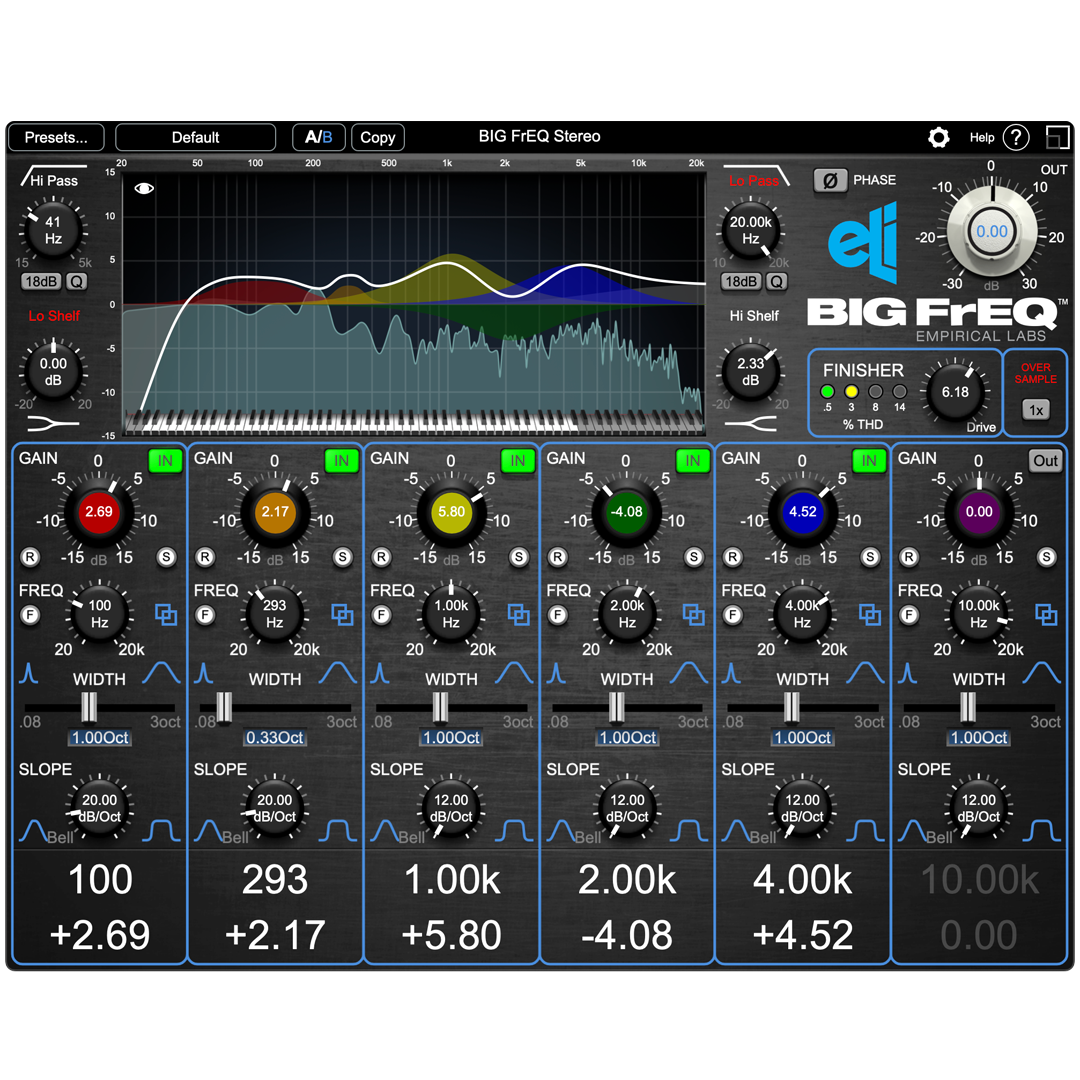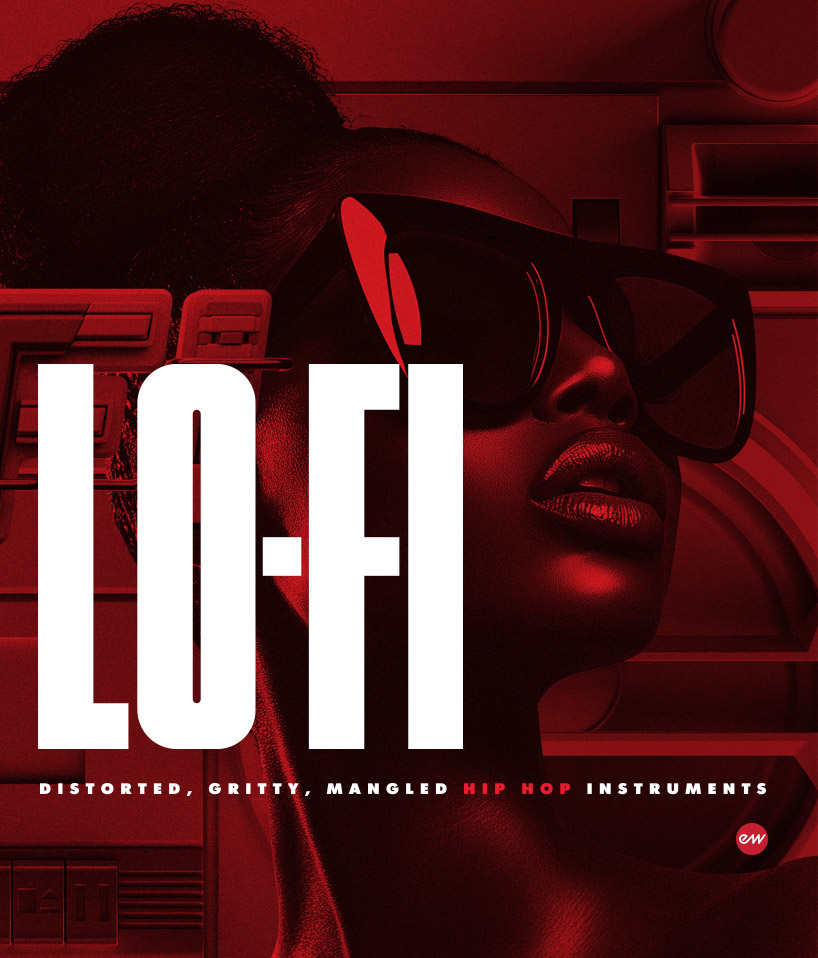Wave Arts Panorama 7 3D Processor with Room Panning Plug-In (Download)
$129.00
Key Features
On Sale
Available for download, Panorama 7 from Wave Arts allows you to create three-dimensional audio from mono or stereo tracks. The software uses HRTF (head-related transfer functions) to create sound localization cues that are experienced as spacial information. You can use this software to generate realistic, three-dimensional wall reflections, reverberation, distance modeling, and Doppler pitch effects.
You can select processing for loudspeakers or headphones as an intended destination, and you can also make use of the crosstalk canceller to format the output for playback over loudspeakers. In doing so, sounds can appear to come from outside the normal stereo soundstage. The plug-in will operate in AU, VST3, and AAX formats on both Mac and Windows operating systems.
New in Panorama 7
- The big new feature is the position sequencer, which can be used for trajectory automation and beat-synced musical effects (auto-pan). The sequencer works by panning the sound along a set of trajectory waypoints.
- All new UI look with dark theme.
- Larger UI area for panning, now including side and rear view options.
- Larger virtual area for panning. Previously Panorama 6 allowed from -10 to +10 feet, Panorama 7 allows from -100 to +100 feet.
- Zoom in/out control.
- Support for SOFA format HRIRs. SOFA (Spatially Oriented Format for Acoustics) is a standard file format used for interchange of head-related impulse responses. Support for SOFA data is provided via a conversion application called Sofa2Pan that converts from SOFA format to Panorama format.
- Improved support for third-party HRIRs: HRIRs are specified by filename and are sample rate converted to the session rate when loaded.
- Implemented Near Head Model. This improves reproduction accuracy for positions close to head by applying additional head shadowing based on a spherical head model.
- Added Stereo Pan HRIR to implement traditional stereo panning.
- Added Stereo Passthru HRIR to implement proper binaural to loudspeaker conversion.
Key Features at a Glance
- Position and move sound in three dimensions
- Cartesian or polar coordinates
- Uses Head-Related Transfer Functions (HRTFs) to reproduce binaural sound localization cues
- Integrated reverberation and distance cues
- Separate sections for early reflection modeling and late reverberation
- Control dimensions and surface material of all six surfaces of the room
- Early reflections are spatialized using HRTFs
- Doppler pitch effect
- Processing for playback over loudspeakers or headphones
- Crosstalk canceling based on real head models
- Ships with 10 human and 1 dummy-head HRTF set
- Can load user-provided HRTFs
- Full automation support for creating moving sounds
- Mono or stereo inputs (always stereo outputs)






